Ranma, the pierced or open-work transom panels found in almost all traditional dwellings are a staple of classical Japanese architecture. Placed above shoji or fusuma sliding doors and used to allow light and air to move between rooms when the doors were closed, they also became a place for designers to exercise their decorative imagination.
Like the sake jugs of my last post, Japanese ranma can be found with a bit of searching at most shrine sales here in Japan. In general there are two types, pictorial and geometric, as shown below. The pictorial ranma can be highly carved and detailed, and sometimes even lacquered or gilded. The geometric ranma are comprised of oft repeated Japanese motifs or employ balanced openwork compositions.
Pictorial ranma are almost always oriented horizontally, which would follow naturally based on their form.
The level of open-work in any design varies with the function of the panel – some are almost completely open, while others, like the one below, have very little piercing.
Published examples of ranma screens used in interior design are slim, although I did find this interior featuring a ranma in an overlayed circle pattern called shippou-tsunagi (seven treasures pattern). On the other hand, there are many similar items such as Chinese fretwork and Indonesian transoms out there, which I am going to use to illustrate my post as they perform the same decorate function. And as always I wonder why Japanese antiques continue to be under used by designers, while doing my darndest to remedy that.
One of the most obvious placements for a long horizontally oriented ranma (besides actually building it into construction as an actual transom) is over a bed or even turned into a headboard. Designer Jonathan Pierce has hung what looks to be a Chinese screen over the bed in this apartment…
…and a pair of Asian panels here. He also has a show Interiors, Inc. on HGTV that I am curious to watch this summer. Has anyone out there seen it?
Vincente Wolf is a master at weaving in global wooden screens, such as these Indonesian transoms hung above the fireplace. Note the Chinese fretwork screen just off to the left of the fireplace as well.
Here’s the same room from another angle – you can see the Chinese fretwork screen better here.
Long ranma panels with non-directional designs can easily be hinged together to make standing screens too.
Another great idea courtesy of Mr. Wolf is backing a screen with a mirrored panel, adding a whole new element to the composition and helping to brighten a darker space.
This ornate and gilded ranma in a similarly colored space has quite a similar effect. (And be sure to note the pillow on the chair, won in my ZAK + FOX giveaway!)
Panels can also be propped instead of hung, such as in this Rosemary Beach home by Tracery Interiors.
Their firm also seems to love using open-work panels as both their portfolio and referential company name and logo would imply. Note the small green transom in this project – Indonesian again I believe – in the corner beside the fireplace.
And I am not sure what kind of panel is featured here, but I had to include it if for no other reason than the amazing glass bottle display!
Michael Smith has propped and old wooden panel – this one looks Indian to my eye – along with some other mounted objects on this Malibu home’s mantle.
Ranma in the bathroom? Why not? I love the use of these fretwork panels in this cool and spare Manhattan bathroom…
…and I also love the way these Chinese fretwork pieces cozy up this warm London bathroom.
And let’s not leave out the kitchen – shown here with a stack of small Chinese fretwork doors on the wall.
Related Posts:
Divide and Conquer…Thomas Hamel, Jalis and Shoji Screens
Image credits: 1. Japan Style by Geeta Mehta and Kimie Tada, photo credit: Noboru Murata, 2-4 & 10. me, 5. D Home March/April 2007, photo credit: Danny Piassick, via My Notting Hill, 6-7 & 18. Pierce & Co., 8. House Beautiful May 2010, photo credit: Eric Piasecki, 9 & 11. via Vincente Wolf Blog, 12. via A. Ridge, 13-15. Tracery Interiors, 16. Elle Decor October 2009, photo credit: Henry Bourne, 17.Elle Decor November 2009, photo credit: Pieter Estersohn, 18. World of Interiors July 2010, photo credit: Bob Smith.

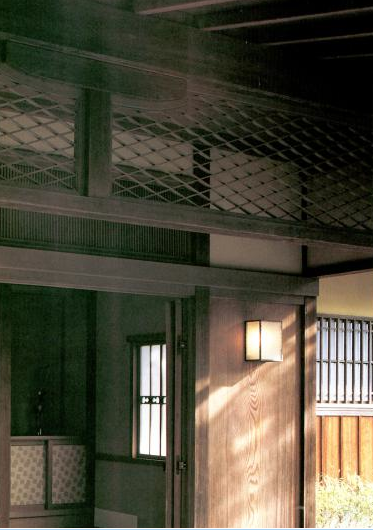
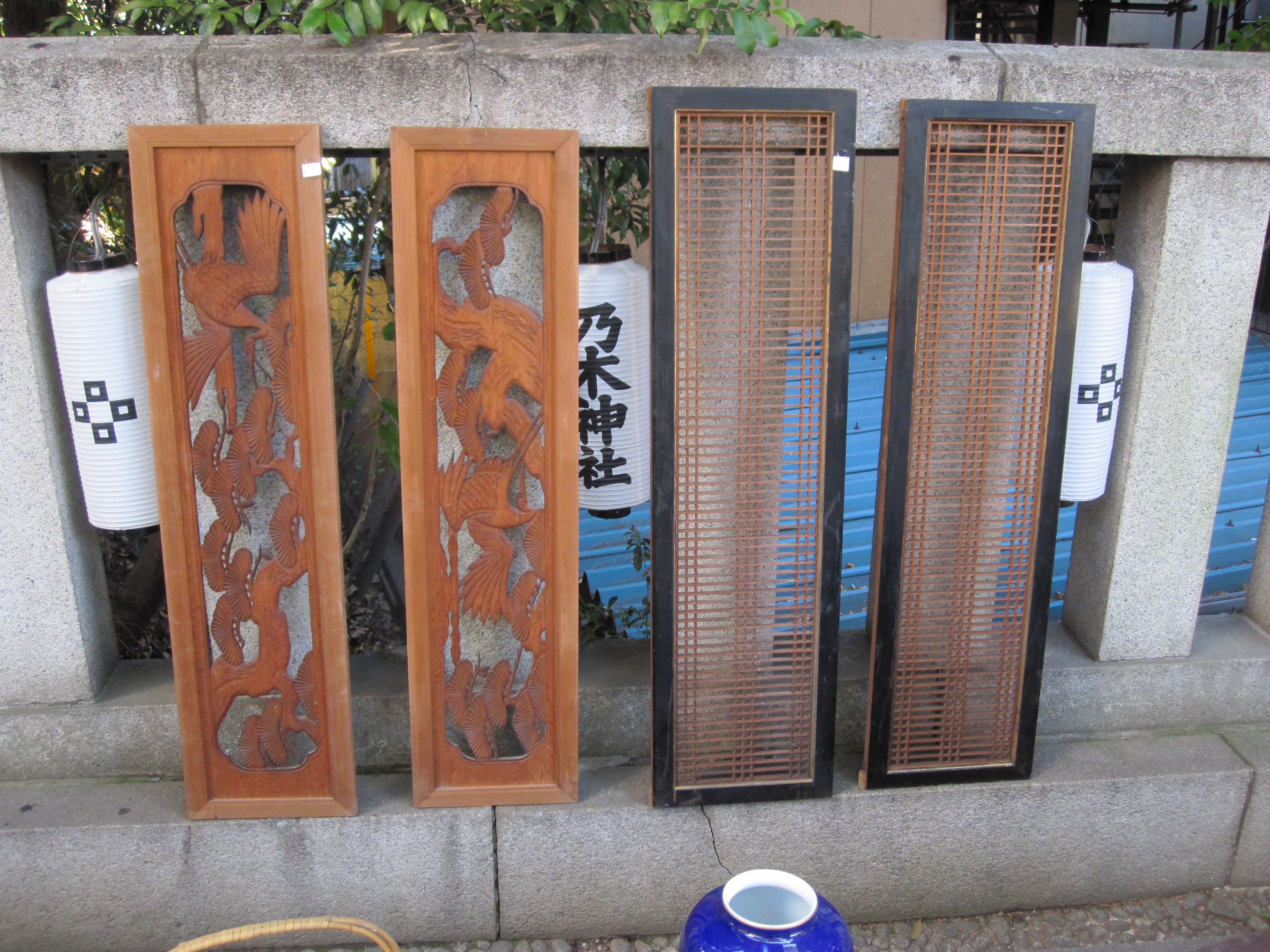
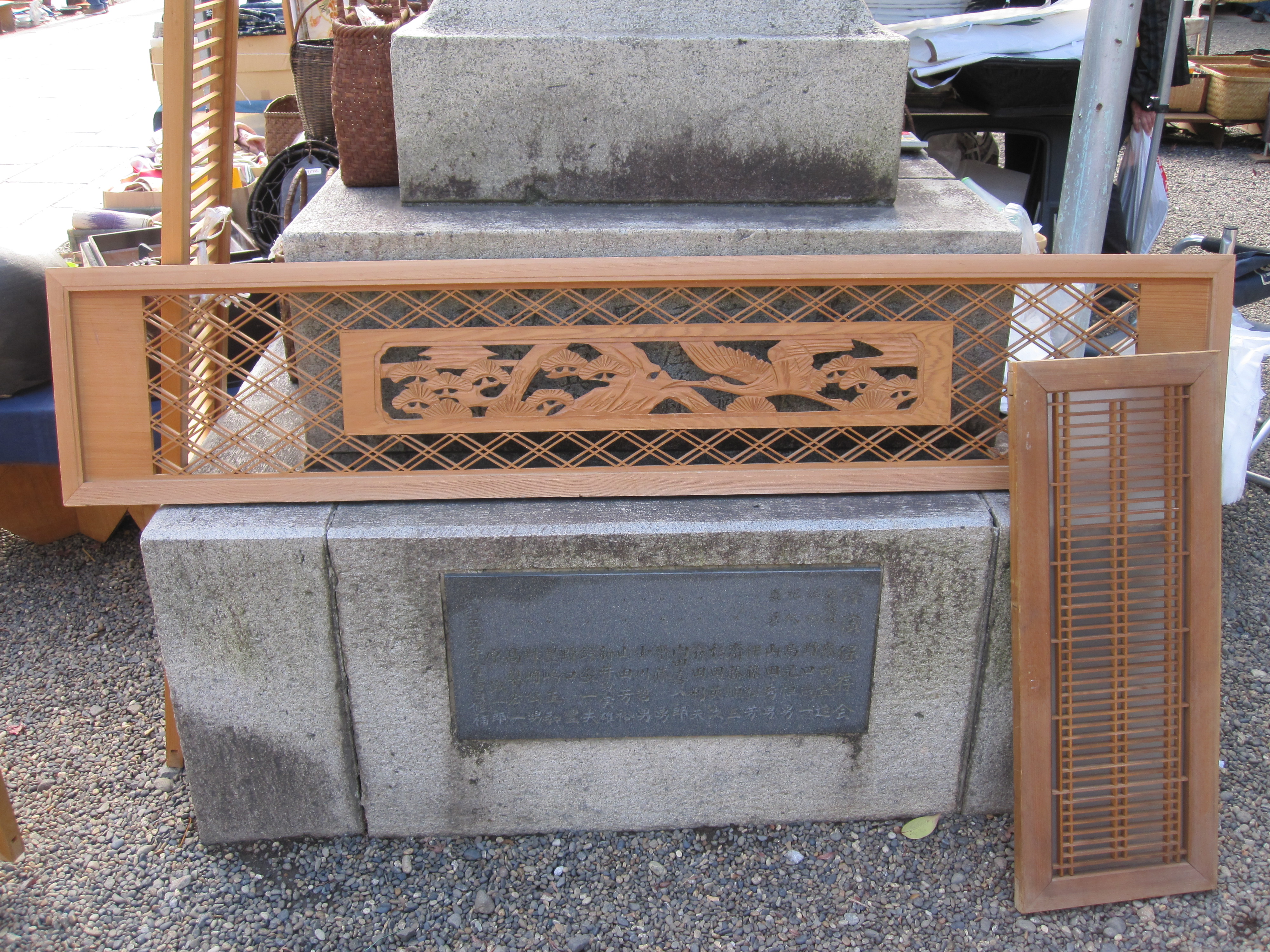
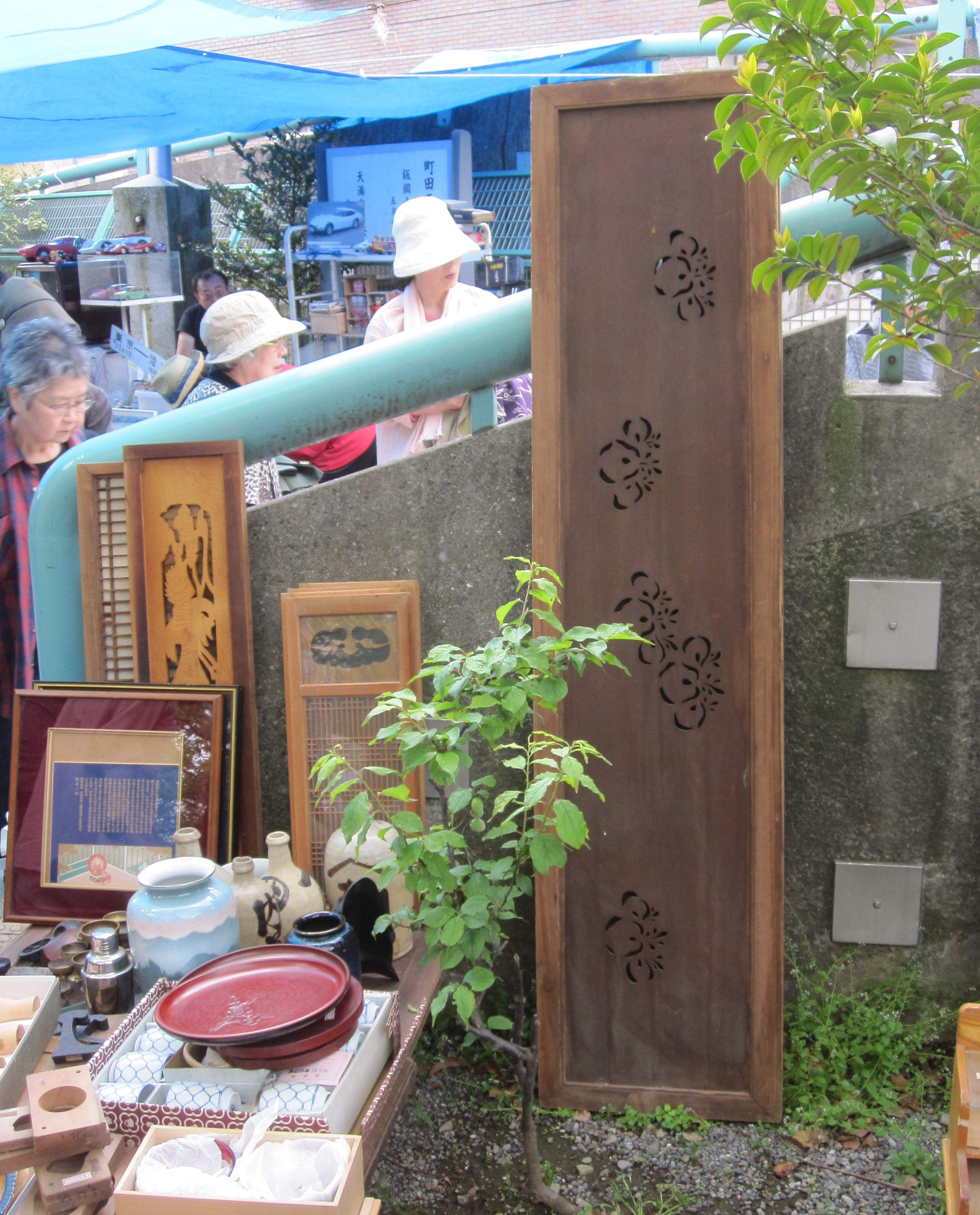
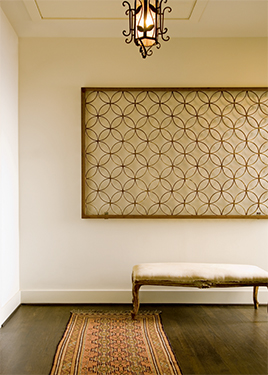
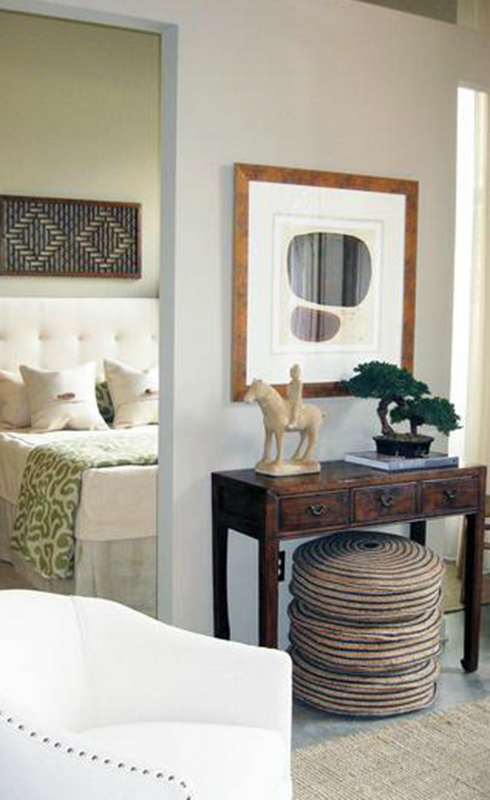
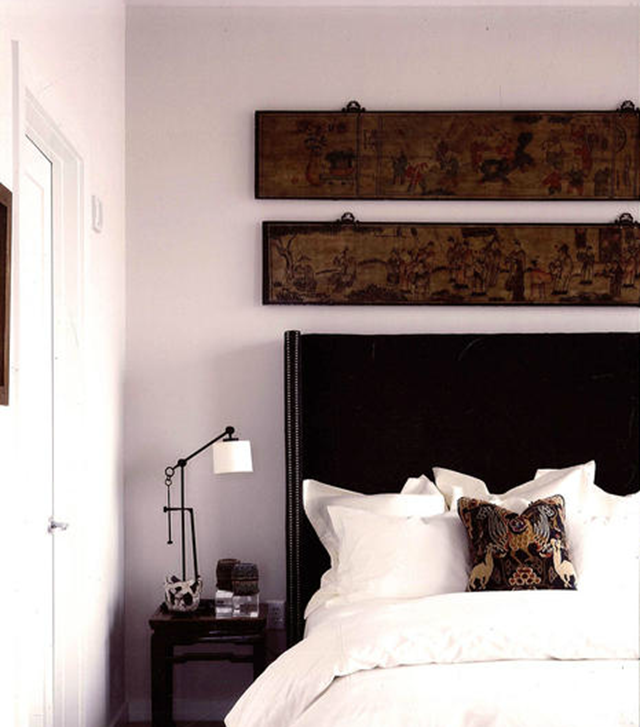
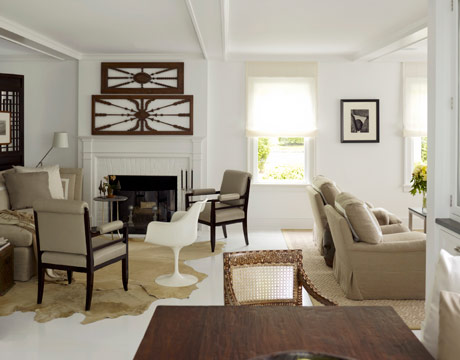
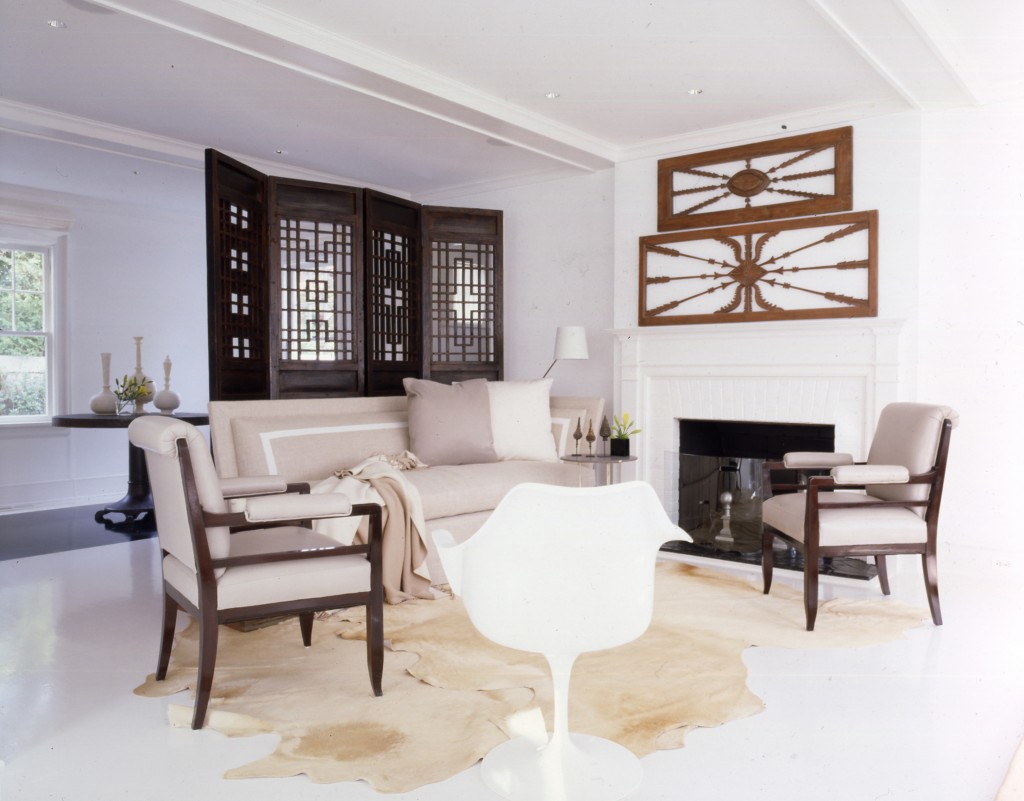
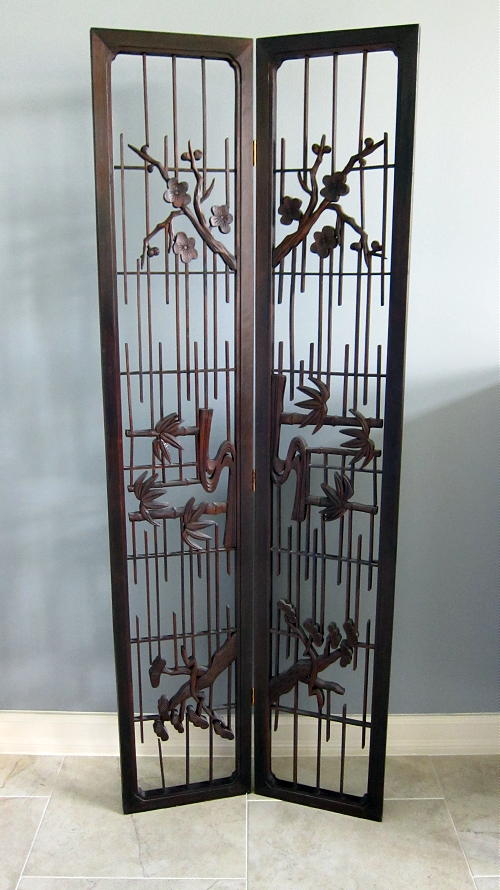
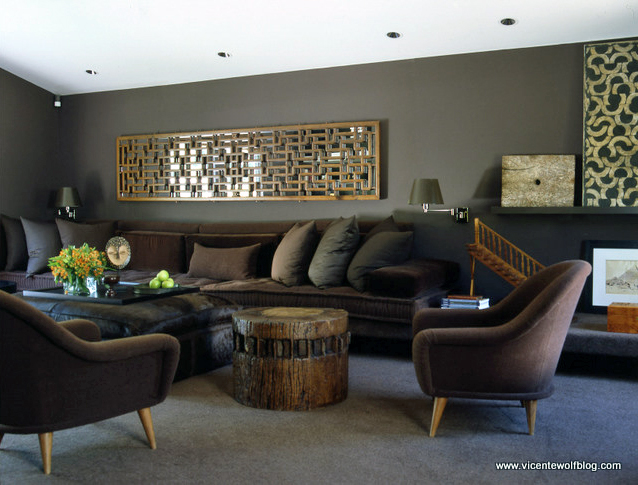
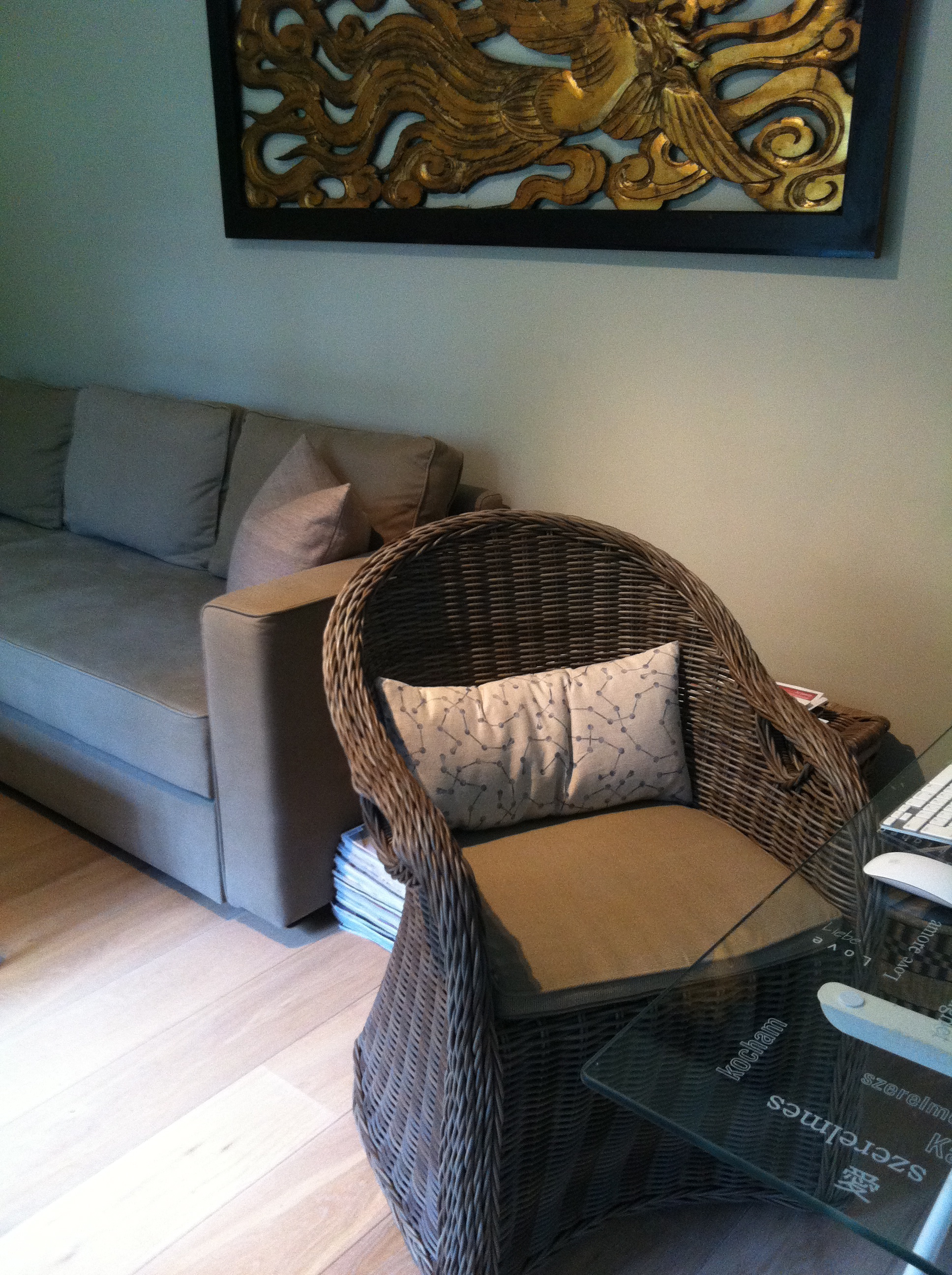

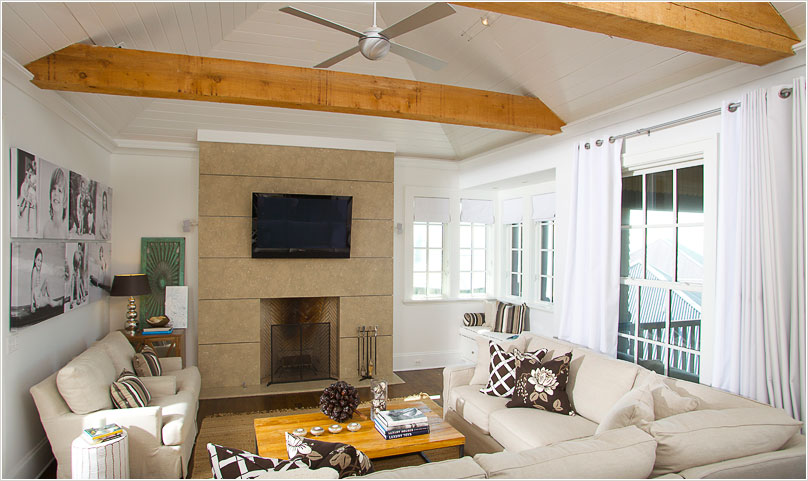
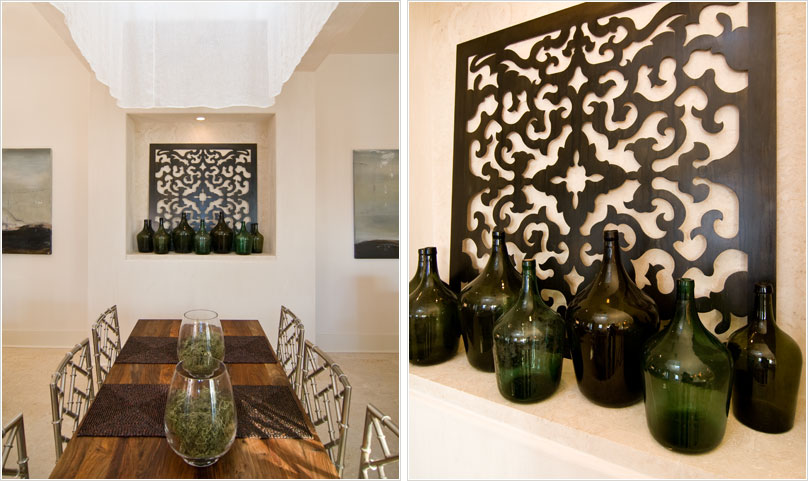
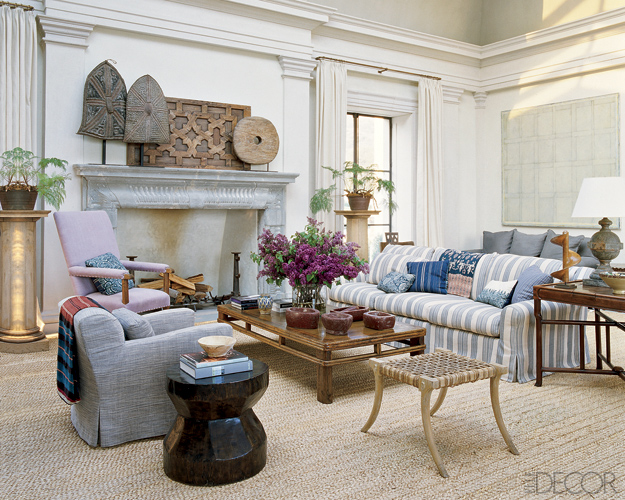
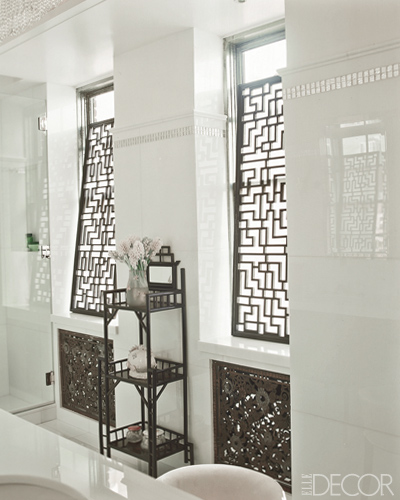
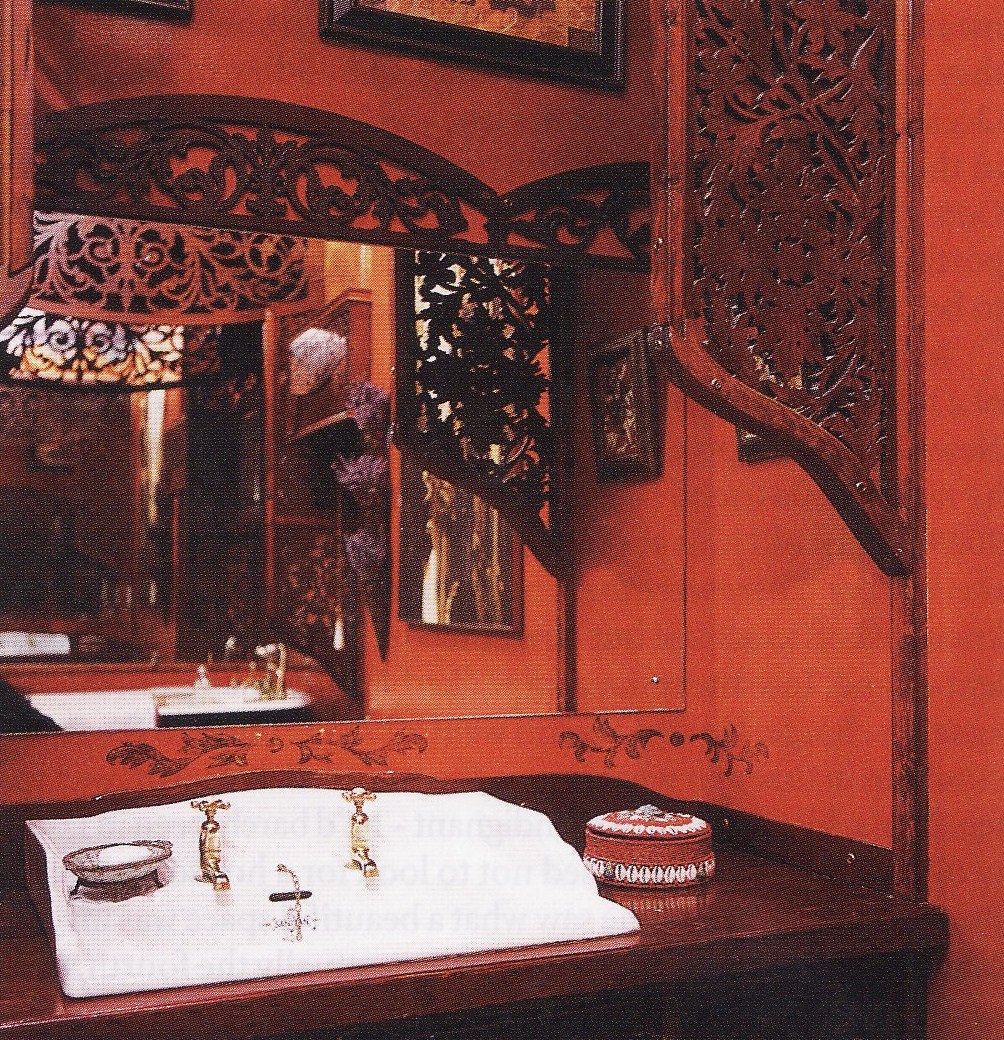
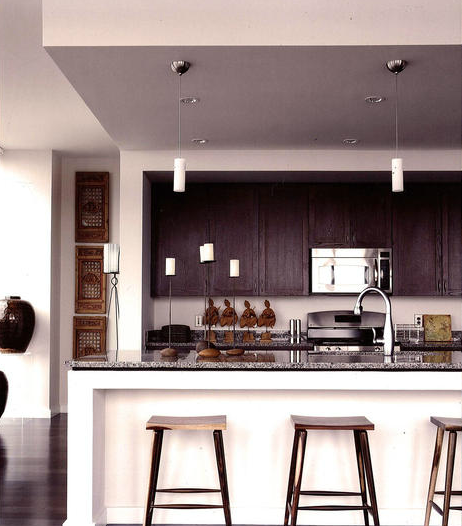
I love the idea of the mirror behind the ranma to open up the room — I have a long wall in my condo that I’ve been wondering how to use. Now I need to find the perfect ranma….
If any of you are based in the US, a great source for ranma and other Japanese antiques and vintage items is Shibui. Shibui is located in Brooklyn, NY. You can see some of their amazing inventory through:
https://www.facebook.com/ShibuiKotto
https://www.facebook.com/media/set/?set=a.10151921952854506.1073741852.232381974505&type=3
https://www.facebook.com/media/set/?set=a.10151662545459506.1073741829.232381974505&type=3
http://www.shibui.com
https://www.etsy.com/shop/Shibuikotto
http://www.pinterest.com/shibuikotto/
thanks for the info Jacqueline – i’ve seen those screens at sales but never knew what they were called – and now i see so many uses for them. next on the shopping list!
Love this post and thanks for including me again, i’m very flattered. I love how some of the designers have incorporated the ranma into their projects. I have recently spied a supplier of Asian artifacts, so watch this space, there may be more additions to our home here in Antwerp!
Every time I visit your blog I learn something new. Thanks for the inspiration! The next time I’m at a shrine sale I will look for a panel and actually know what I am seeing!
I am just now catching up with all your posts. Great ideas for using a ranma. Mine got stowed away when we moved back to Houston mainly because it was pictorial and therefore needed to be hung horizontally. With our move to a bigger place at the end of this month, I am excited to explore the possibilities again.